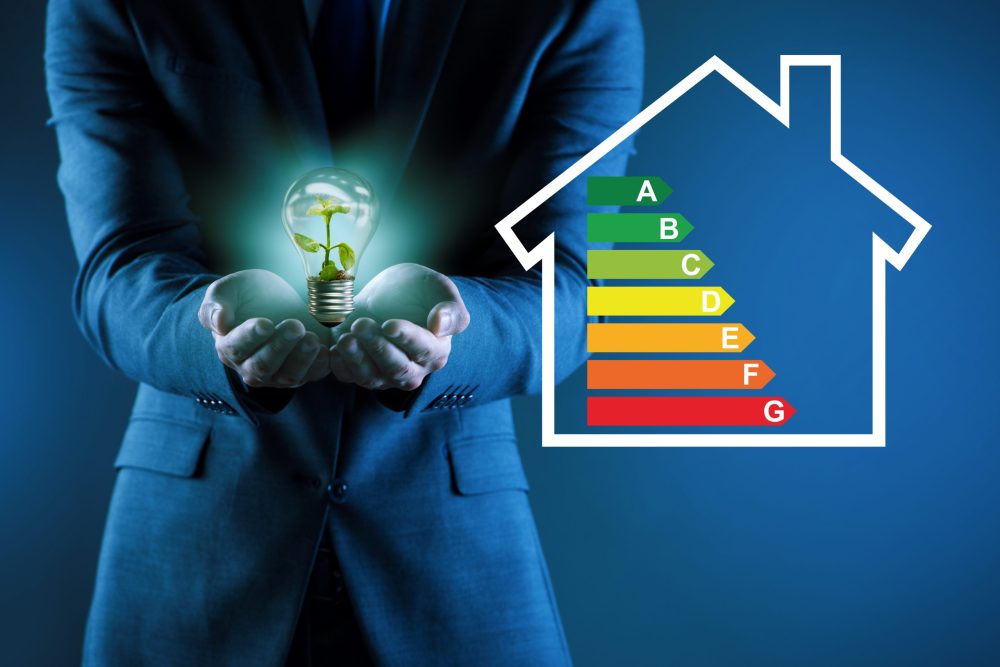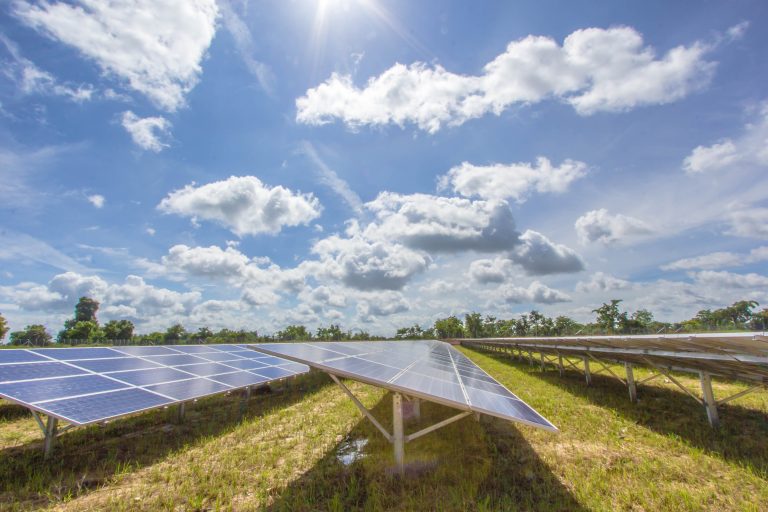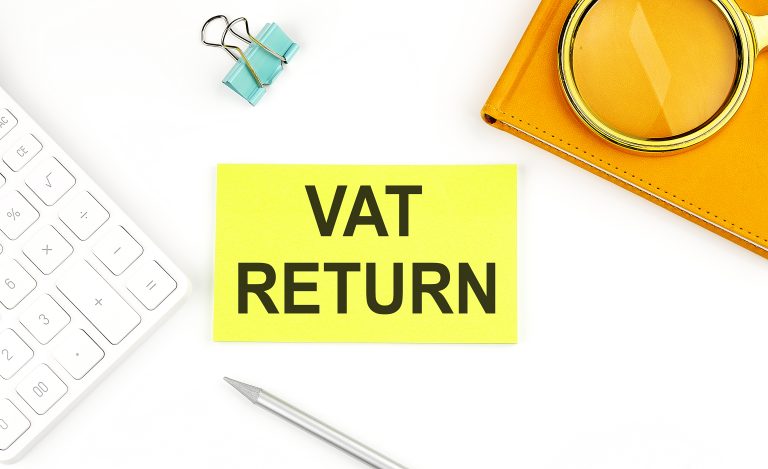Energy efficiency is an indicator of how efficiently an energy resource is used. The less spent on achieving a certain result, the higher this indicator.
Energy efficiency indicators can vary and depend on the specific situation, system or process to be assessed.
Here are some examples of energy efficiency indicators and places where they can be found in everyday life:
Home energy consumption: Energy efficiency indicators can be used to estimate the energy consumption of the entire home or individual devices such as refrigerators, air conditioners, lights, etc. The energy efficiency index for a home can be expressed, for example, in terms of kilowatt-hours (kWh) consumed per month per square meter.
Transport: In cars and other vehicles, energy efficiency is usually measured in terms of kilometers traveled per liter of fuel or milligrams of carbon dioxide emissions per kilometer.
Lighting: Energy efficiency ratings can be used to compare different light sources, for example, to determine the number of lumens (unit of illumination) per watt of power consumed.
Buildings: In large buildings such as offices or shopping malls, energy efficiency metrics can be used to determine the energy consumption per unit area or the number of people in the building.
It is important to understand that it is impossible to compare the energy class of washing machines with a refrigerator or TV. For different groups of equipment, the scale is calculated according to different criteria (for example, for washing machines, the cost of electricity for washing 1 kg of laundry is taken into account, and for TVs, the ratio of power consumption to screen size).
But the notation, fortunately, is the same. These are the letters of the Latin alphabet from A (on a green background) to G (on a dark red background): the closer the letter is to the beginning of the alphabet, the more efficient the energy consumption.
Where to find energy efficiency indicators?
In Cyprus, information about the energy performance of a home is usually provided in the form of an energy certificate, which is known as an “Energy Performance Certificate” (EPC).
To obtain an EPC for a home in Cyprus, you can contact specialized energy auditors or companies that provide home energy audit and certification services.
In Cyprus, resale property buyers often determine energy performance visually, without using an Energy Performance Certificate (EPC). Unlike resales, developers are required to indicate the energy efficiency class when selling new homes.
With the presence of solar panels, a house may receive a higher class according to inspectors and appraisers, but this is not a guarantee of high energy efficiency.
Class A includes “green”, “passive” houses (low energy consumption due to passive methods), “zero energy” (consume only the energy they produce) and “active” houses (produce more energy than they consume). The owners of such houses can rightly consider themselves environmentally responsible and caring owners. Although class A houses are on average 10% more expensive, the costs are compensated within the first 5-7 years.
Class B includes houses with low energy consumption. Usually these are new houses or those that have recently been modernized and require no more than 60 kWh / m2 per year for heating.
Class C includes houses 15-20 years old with double glazing and partial insulation. They should consume no more than 150 kWh/m2 per year.
Old buildings with energy efficiency below class C can consume more than 300 kWh/m2 per year. In Europe, including Cyprus, an Energy Performance Certificate (EPC) is required when selling and renting houses.
The EPC provides information on real estate heating and lighting costs, as well as CO2 emissions. A higher EPC rating is associated with lower real estate operating costs.




